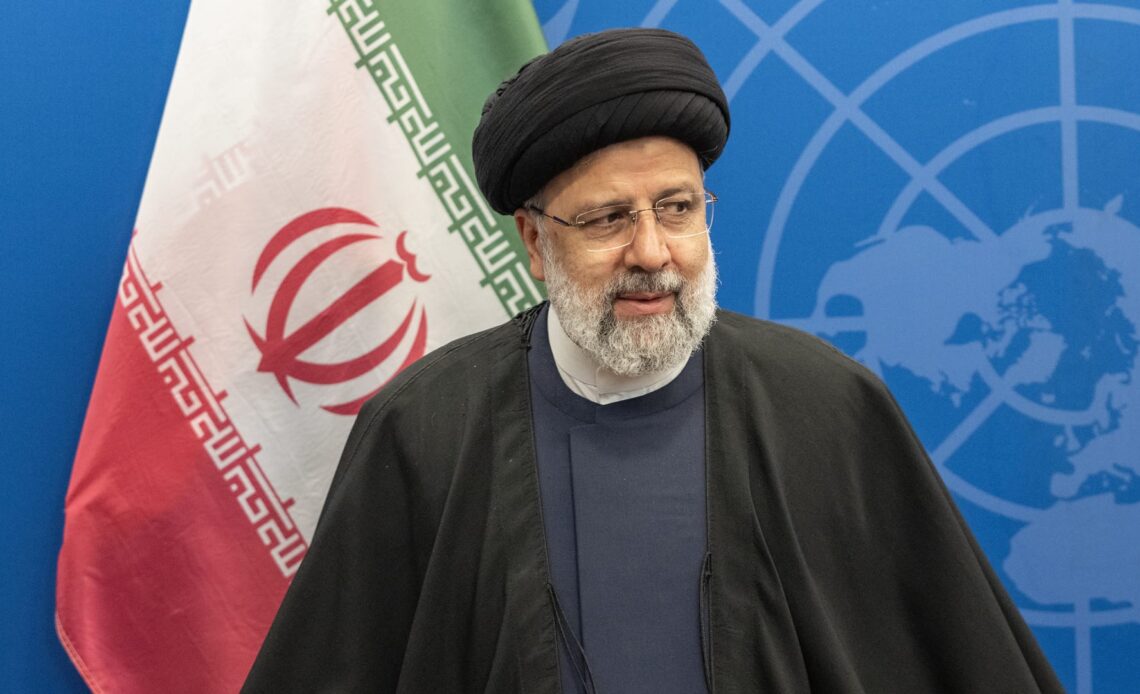The President of Islamic Republic of Iran Seyyed Ebrahim Raisi during the meeting with Secretary-General Antonio Guterres UN Headquarters.
Lev Radin | Lightrocket | Getty Images
The sudden death of Iranian President Ebrahim Raisi in a helicopter crash plunges Tehran into fresh uncertainty at a time when it already faces deep economic decline, popular discontent, and war.
The helicopter carrying President Raisi suffered a hard landing on Sunday while returning from Azerbaijan in poor weather conditions, Iranian state media reported on Monday. Iran’s Foreign Minister Hossein Amirabdollahian also died in the accident.
All eyes are now on what comes next for the Middle Eastern power, which is home to nearly 90 million people and whose government backs a number of regional armed proxy groups including Gaza’s Hamas, Lebanese Shia militia Hezbollah, and Yemen’s Houthis.
Some analysts expect a fair degree of continuity, while also noting that this could present an opening for Iran’s powerful Islamic Revolutionary Guard Corps (IRGC) to gain even more control over the country’s political direction.
“This incident occurs against a backdrop of extremely high tensions in the region, which is already on edge due to the ongoing conflict in Gaza and recent military exchanges between Iran and Israel,” Sina Toossi, a longtime Iran analyst and senior fellow at the Center for International Policy, wrote in a post on X.
“There is also growing rhetoric among Iranian officials about weaponizing the country’s nuclear program,” Toossi wrote. “Furthermore, the aging Supreme Leader Khamenei’s succession is a significant factor in Iran’s political landscape, compounded by a crisis of legitimacy facing the Islamic Republic. Raisi’s death would contribute to an already volatile situation.”
Helicopter carrying Iranian President Ebrahim Raisi leaves site as one of the helicopters in his convoy crashed after the inauguration of a dam on the border along with Azerbaijani President Ilham Aliyev in Jabrayil district of Azerbaijan on May 19, 2024.
Islamic Republic News | Anadolu | Getty Images
Elected in the summer of 2021 amid the lowest voter turnout ever for an Iranian national election, Raisi was a hardline right-winger seen as a potential successor to the Islamic Republic’s 85-year-old Supreme Leader Ayatollah Khamenei.
The 63-year-old Raisi was a harsh critic of the West, who cracked down heavily on the protest movement that swept the nation following the death of a young Kurdish Iranian…
Click Here to Read the Full Original Article at Top News and Analysis (pro)…


